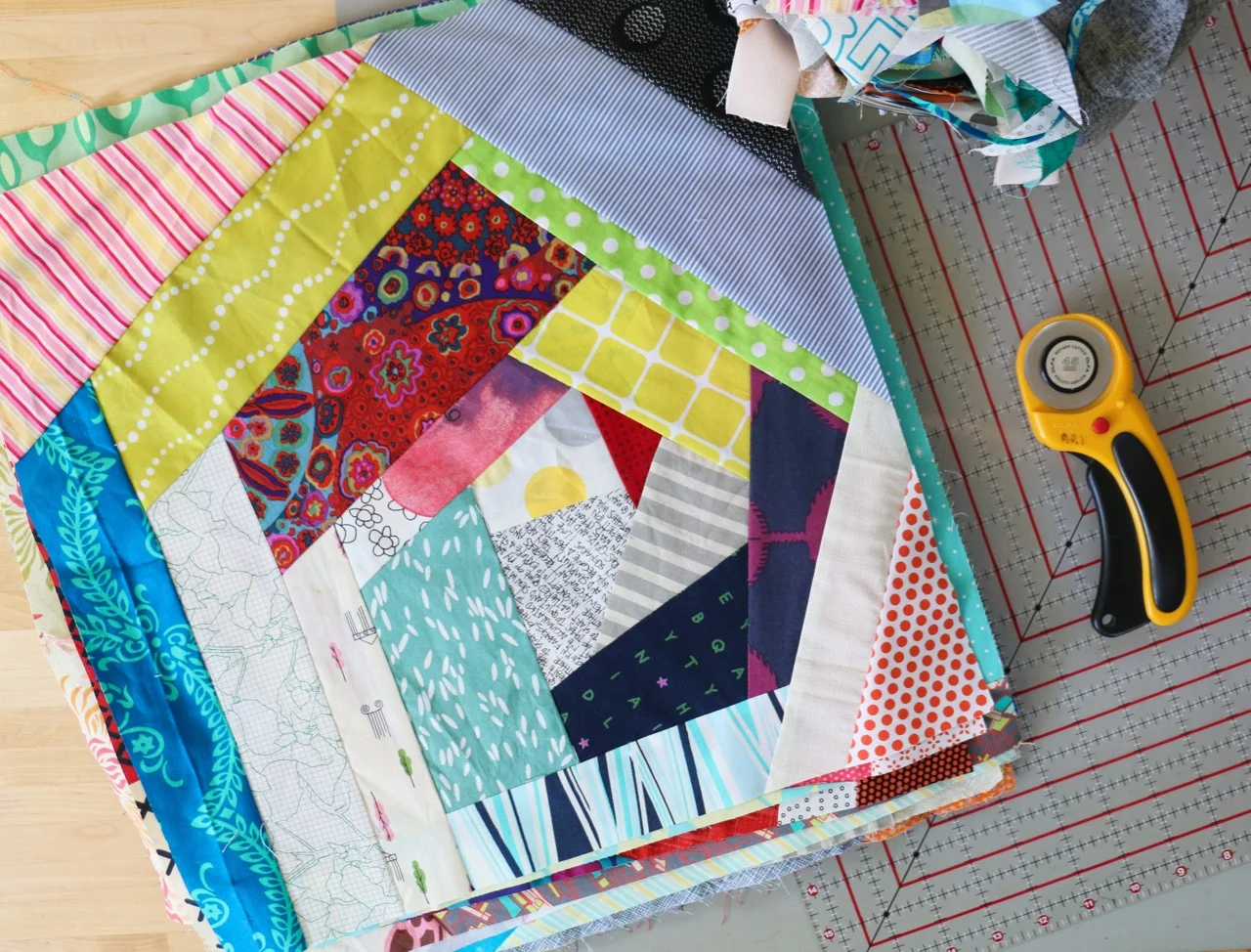Last week I changed a habit. It's totally changed my life.
What is the first thing you do in the morning, after your victuals? Don't lie. How many of you said check your phone or get online? My hand is up, that's for sure. Yet how many times have we been told that is the worst thing we could do for ourselves? That it kills the soul a little and reduces our effectiveness. Like a smoker who won't quit or a certain person, ahem, who can't stop eating cookies even though she needs to lose weight. We are bound to our social media.
I've been watching the 30 Days of Genius series here and there from Creative Live. One interview really struck me, especially one part of it. Marie Forleo is a life coach and as life coaches can be is pretty cheery and full of clever commentary. She and the host, Chase Jarvis, got to talking about the consumption of social media. She started comparing it to the consumption of a certain disgusting alcohol (to be clear, I like booze, but Goldschlager is nasty stuff). Then she said the words that stopped me straight in my tracks.
"You need to create before you consume."
Number 1, I've never really thought of my time on social media or the internet as consumption. That framing makes so much sense to me though. It might be because I am trying to lose weight so consumption as an act is front of mind. It might just be the thing I needed to hear to make me see that it needs to be managed better.
Number 2, while I often do my best creative work in the morning it generally takes me about 15 minutes to get to it after waking up. I make tea, catch up with the things that came on my phone - email, instagram, twitter, facebook, even texts - overnight. Only then, with a cuppa and the finally feeling that it is time to buckle down and be creative do I get to work. That time is all wasted time for me.
Now, I've been getting up at the same time but skipping tea. And this is the most important part:
I do not look at my phone. Nor do I even unplug it from the charger on the nightstand.
That's right, I keep it there, plugged in and alarm off. Then I shuffle straight into my sewing room and the first thing I turn on is the sewing machine. For the first 15 minutes of my day now I am sewing. No music on, no radio, no podcast. Just me and my machine and a stack of fabric.
This is, effectively, a morning meditation for me. I am not going to start actually meditating, I don't feel I need to because the act of sewing first thing like this has me quiet and centered as it is. Then I can tackle a short workout, work on an article or bigger project, and attend to the kids and their morning needs until they are out the door. And bonus! Quilt blocks get made. In just one week of 15-30 minutes first thing in the morning I finished the last 6 of these scrappy improv cabin variations.
I can't say that watching this interview will change your life as well, but I would definitely encourage you to take the Create Before You Consume message to heart. See what it does for you.
Note: The tea and social media are still there when I get to them a few hours later.










